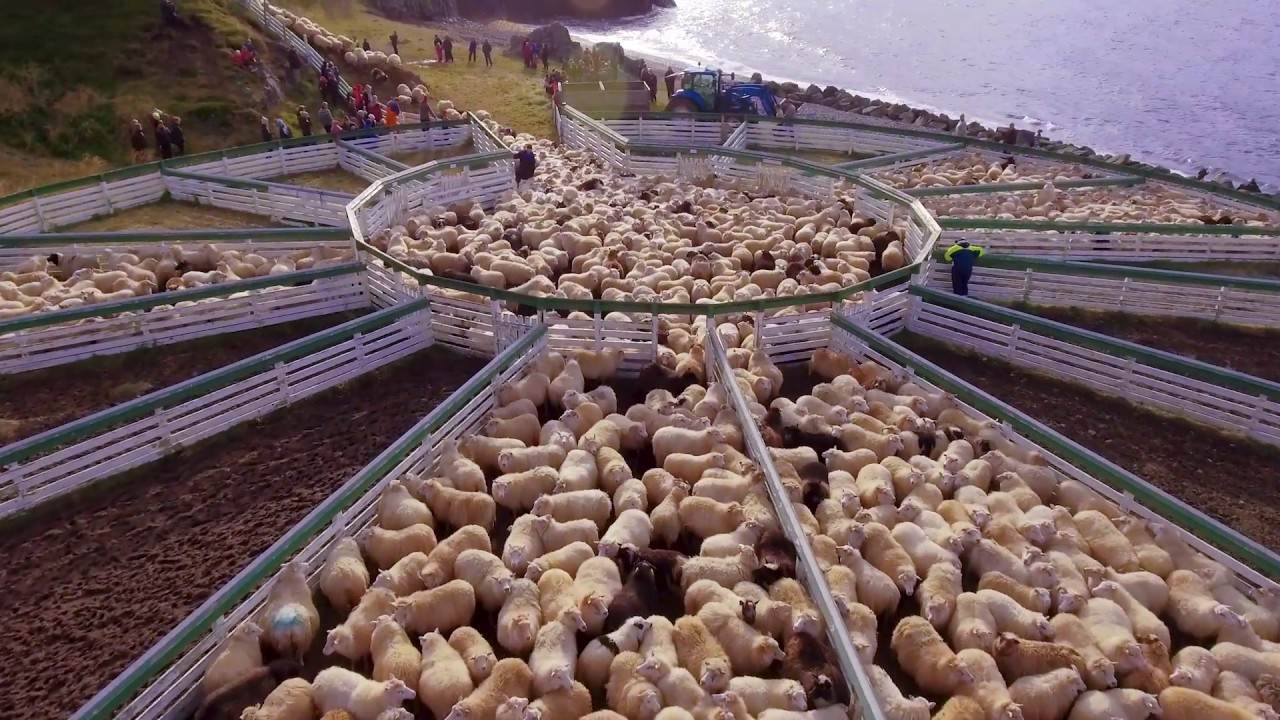In the highlands of Iceland, a unique and essential event takes place every year – Réttir. This traditional sheep sorting ritual, deeply ingrained in Icelandic culture, marks the end of summer when sheep from various farms freely roam and mingle. As the season turns, these sheep are rounded up and sorted, creating a joyous celebration of unity between farmers and their beloved animals.
Réttir typically occurs in September, signaling the culmination of summer and the commencement of autumn. The event is not just a practical necessity; it is a cultural phenomenon that brings communities together and reinforces the bond between people and their sheep.
During the summer months, Icelandic sheep graze freely across the expansive highlands, intermingling with flocks from different farms. This communal grazing allows the sheep to roam vast landscapes, contributing to their robust health. However, as autumn approaches, the time comes to bring them back to their respective homes.
The sorting process during Réttir is meticulous and efficient. Each sheep wears an ear tag that serves as its identification. While the mingling of sheep might seem chaotic, the farmers have an unwavering awareness of their flock. The familiarity with their sheep is so profound that there is often no need to check the ear tags individually.
Réttir is a collaborative effort, with farmers and their families coming together to round up the sheep. The communal aspect of the event is palpable, creating a sense of shared responsibility and joy. The sorting is not just a practical necessity; it is a celebration of the unique connection between the people of Iceland and their sheep.
As the sheep are guided back to their respective homes, the air is filled with a sense of accomplishment and camaraderie. Families, friends, and neighbors work side by side, reinforcing the community spirit that has characterized Icelandic culture for centuries.
The sorting itself is a skillful and swift process. With generations of experience passed down, farmers expertly identify and separate the sheep. The efficiency of Réttir ensures that each sheep returns to its rightful owner, a testament to the deep bond formed between the animals and the people who care for them.
Réttir is not merely a practicality; it is an occasion for celebration. The reunion between farmers and their sheep is marked by a palpable sense of joy and relief. The event transcends the functional aspects of sorting; it is a cultural heritage that emphasizes the connection between humans and nature.
For the people of Iceland, Réttir is a cherished tradition that reflects the harmony between their way of life and the natural world. It is a reminder of the symbiotic relationship between humans and animals, where mutual respect and understanding form the foundation of a unique and enduring cultural celebration.
